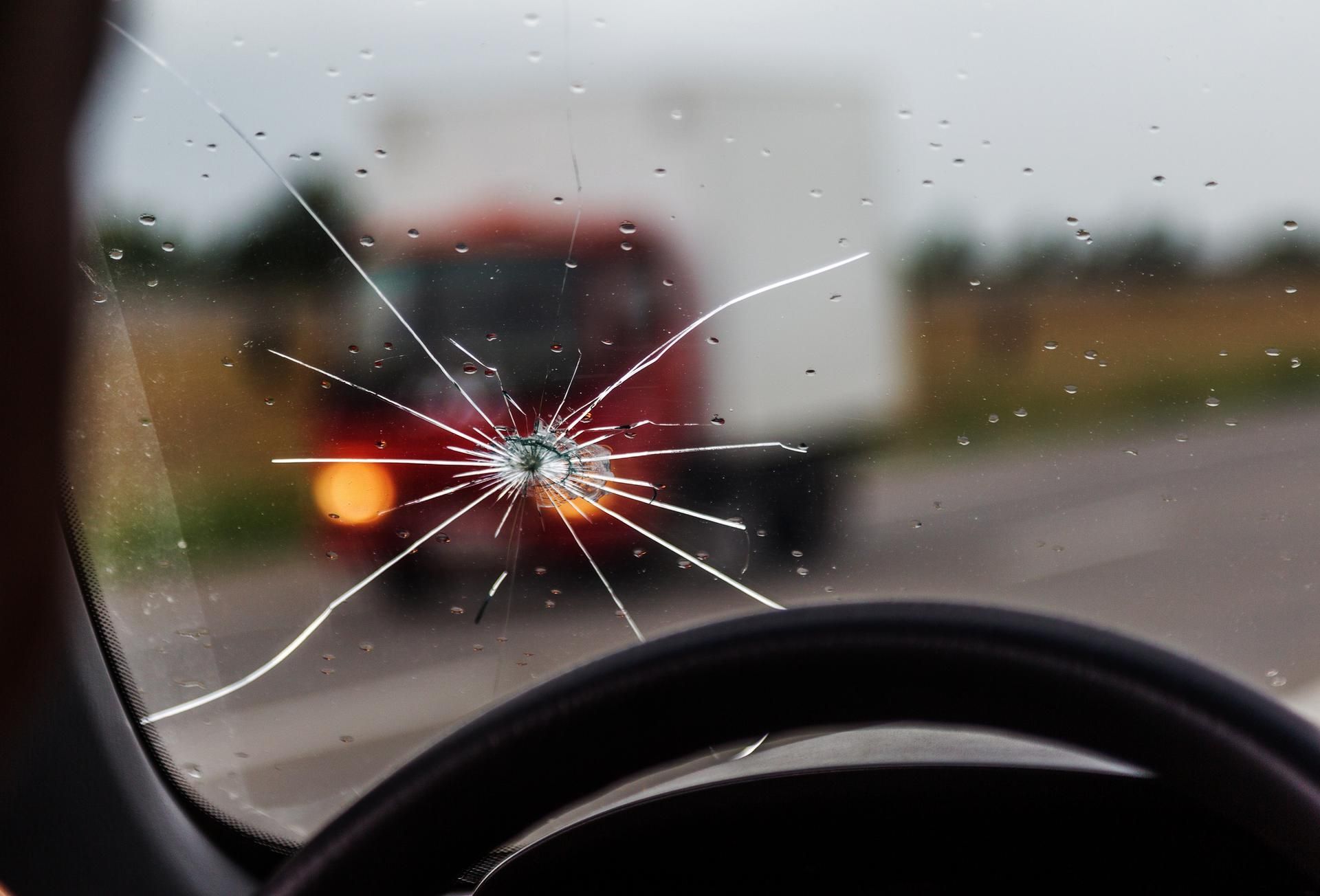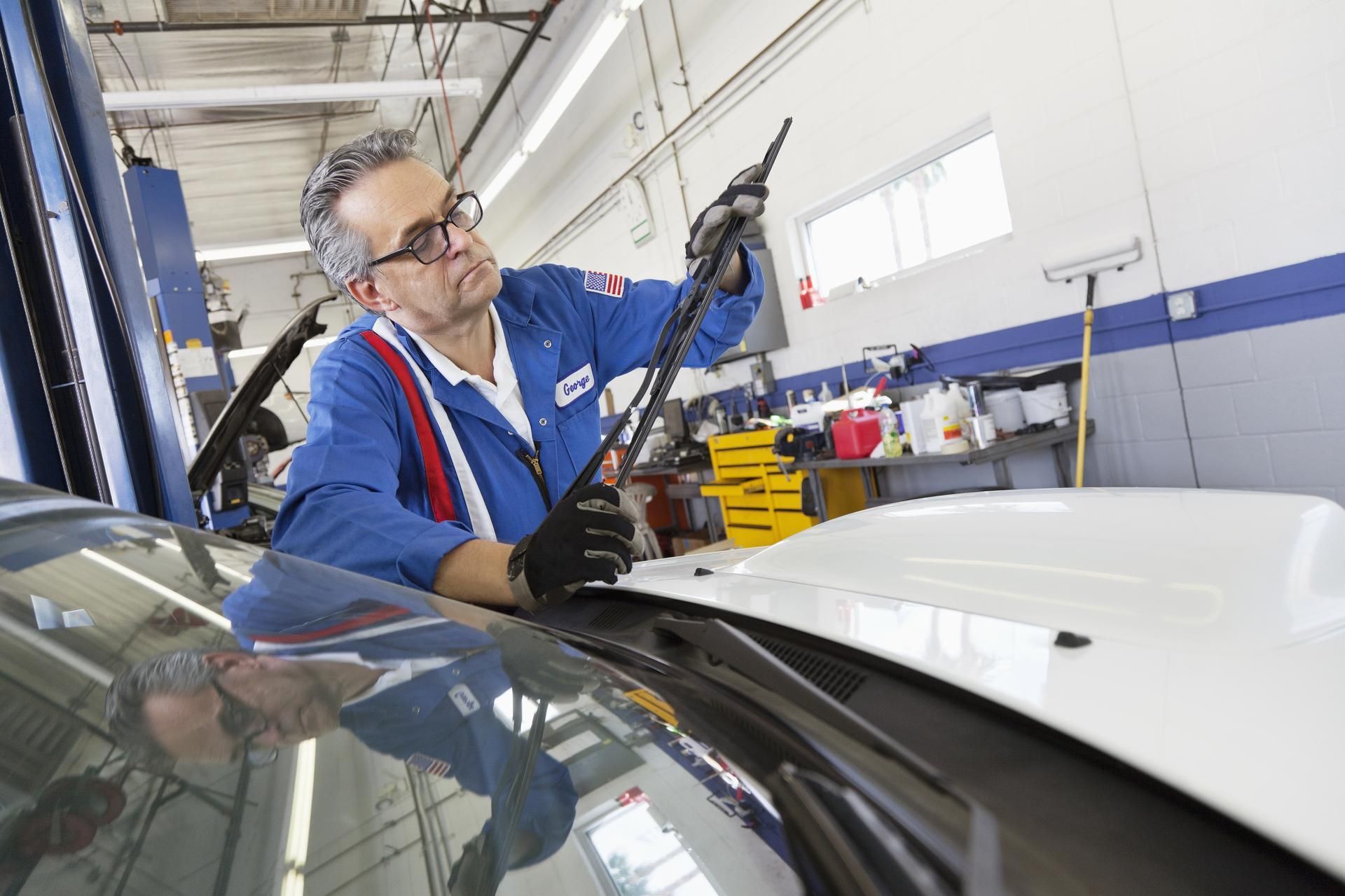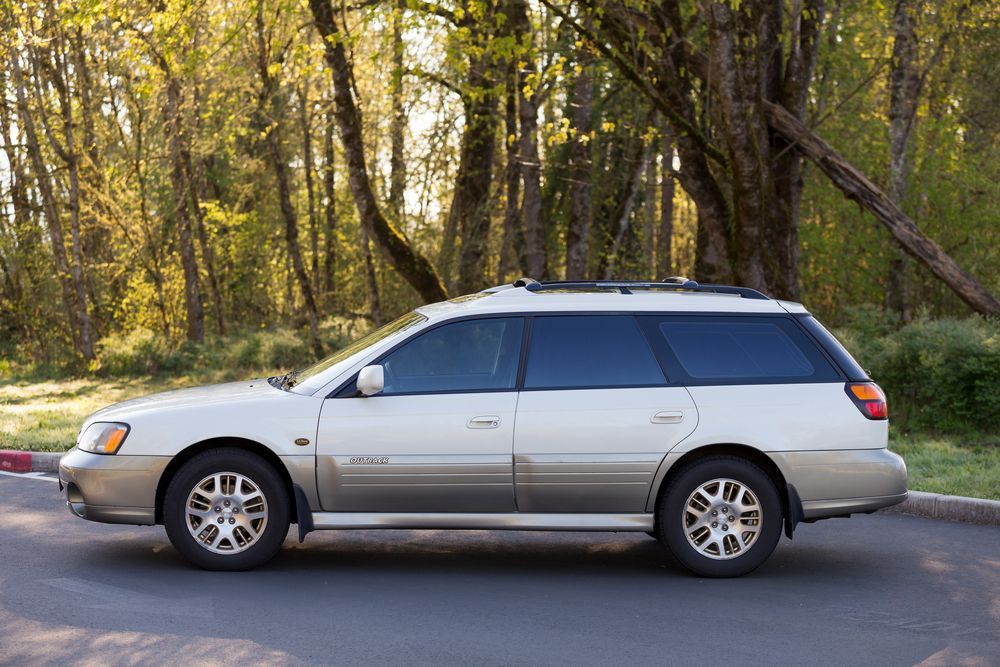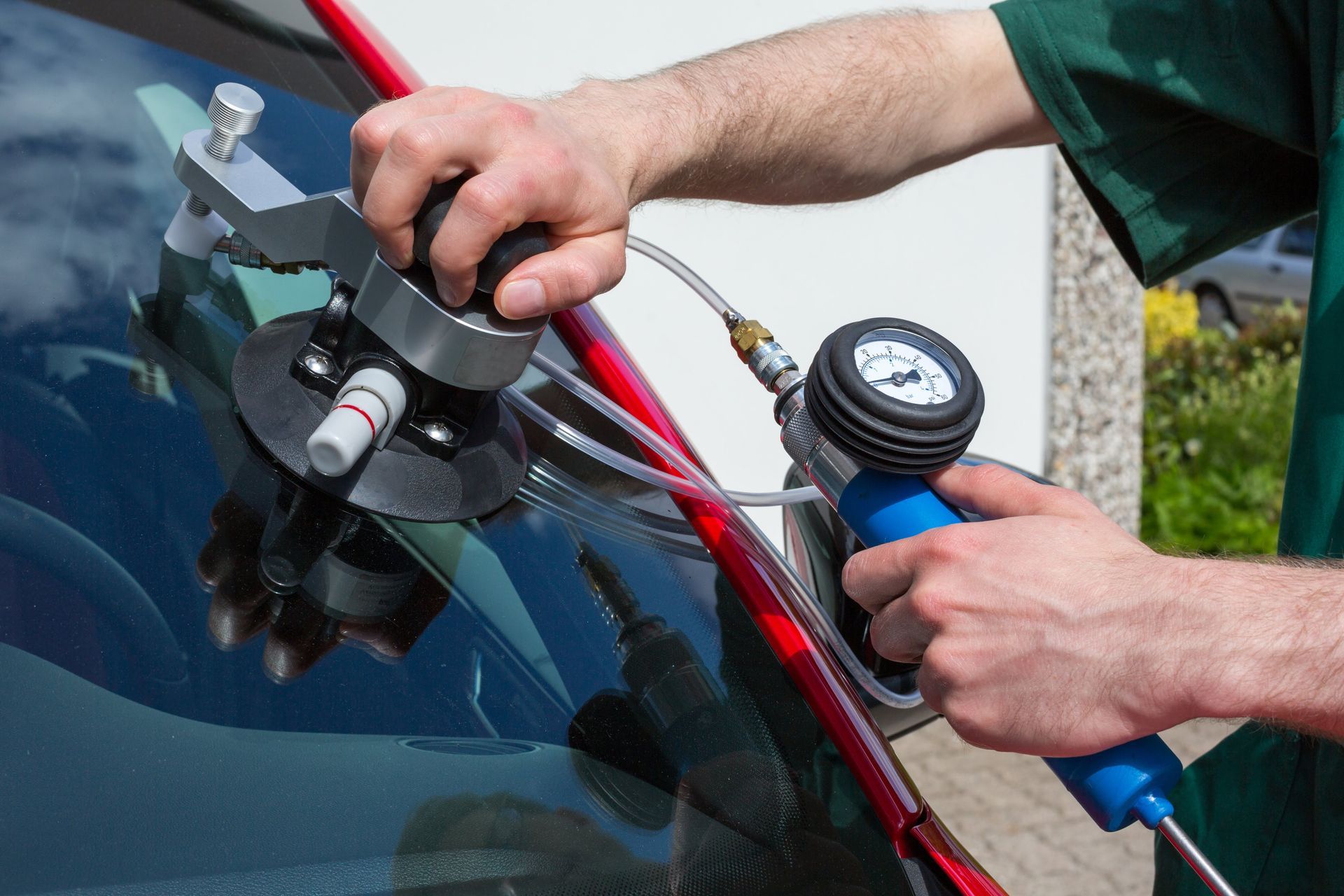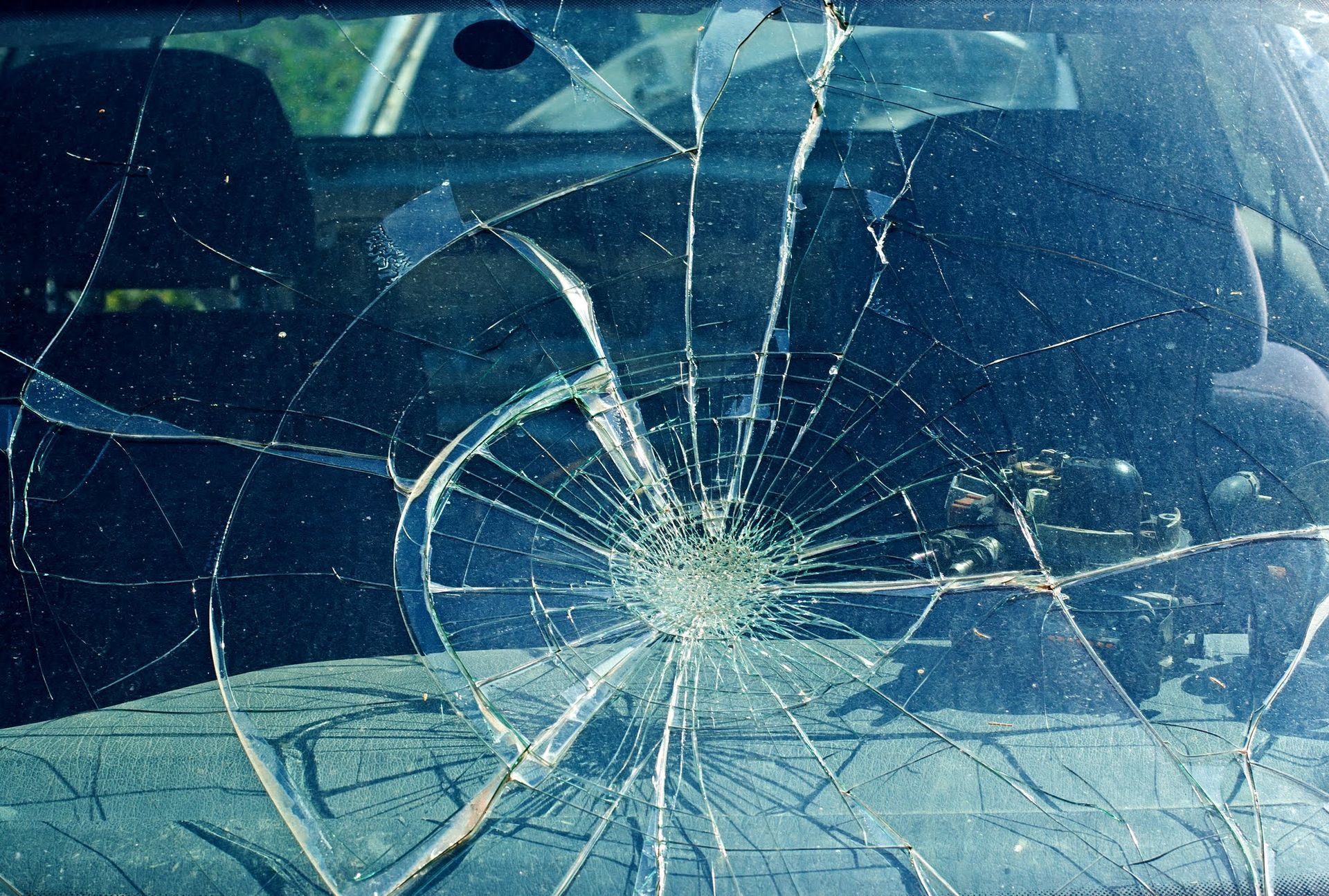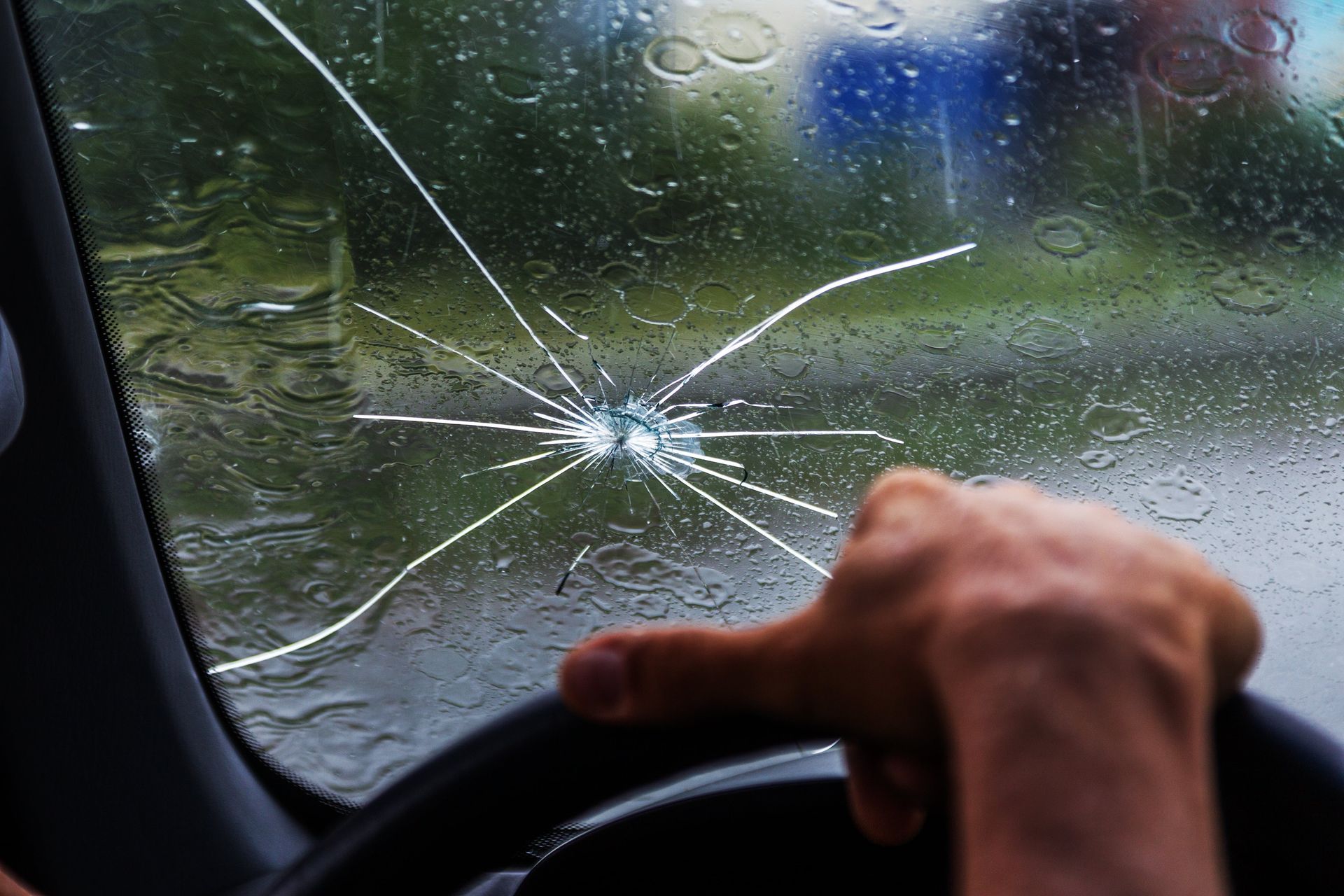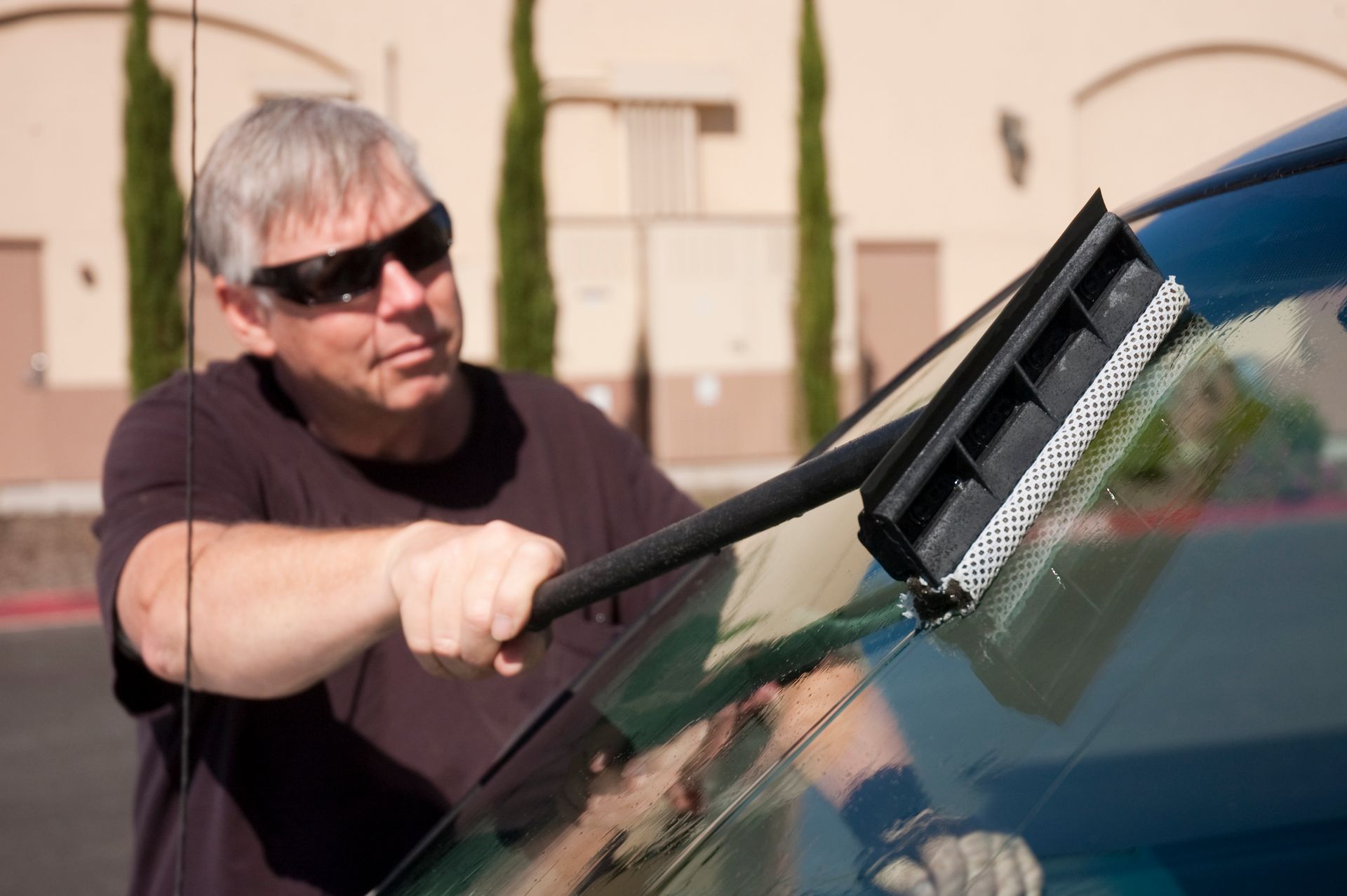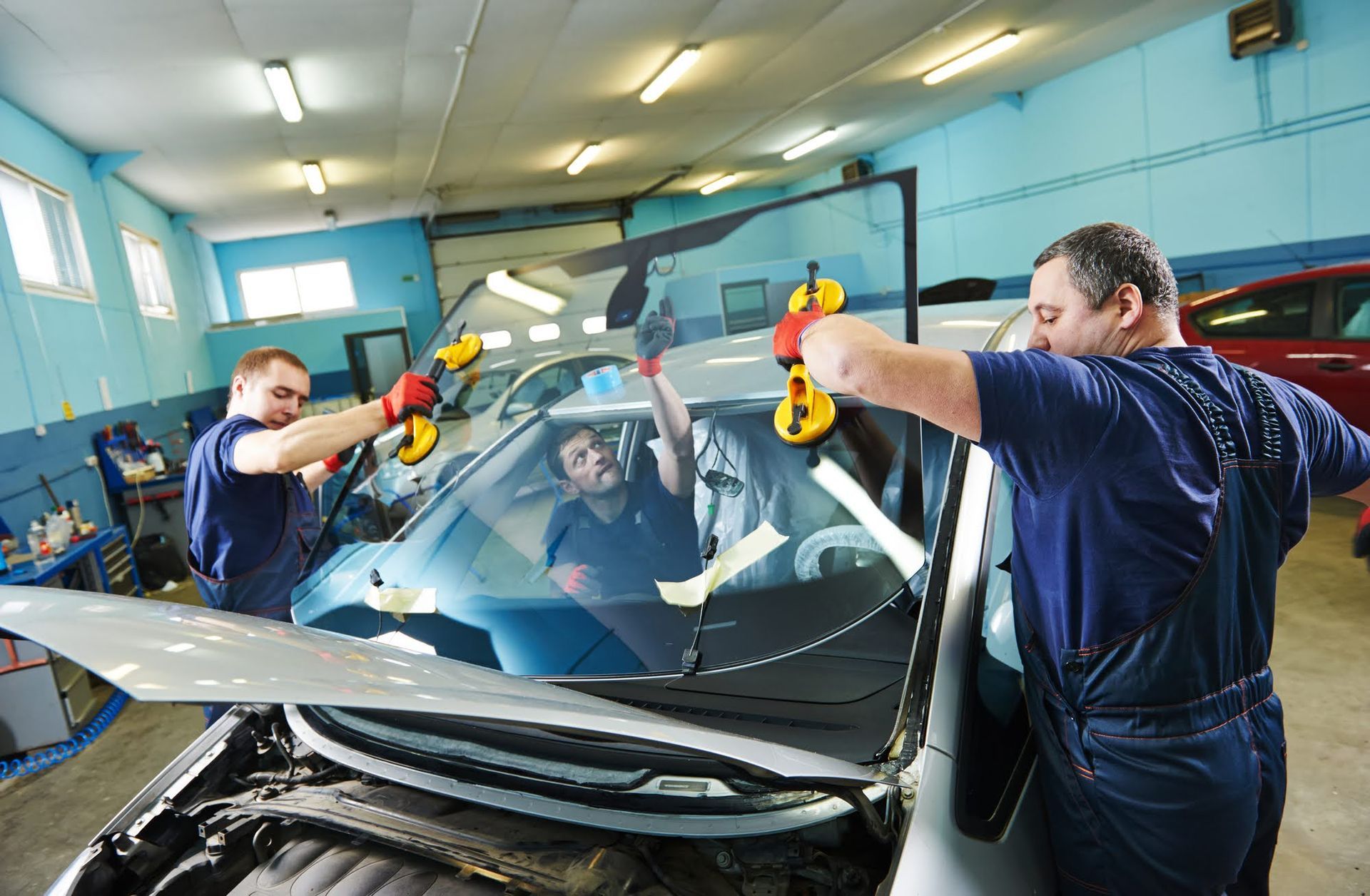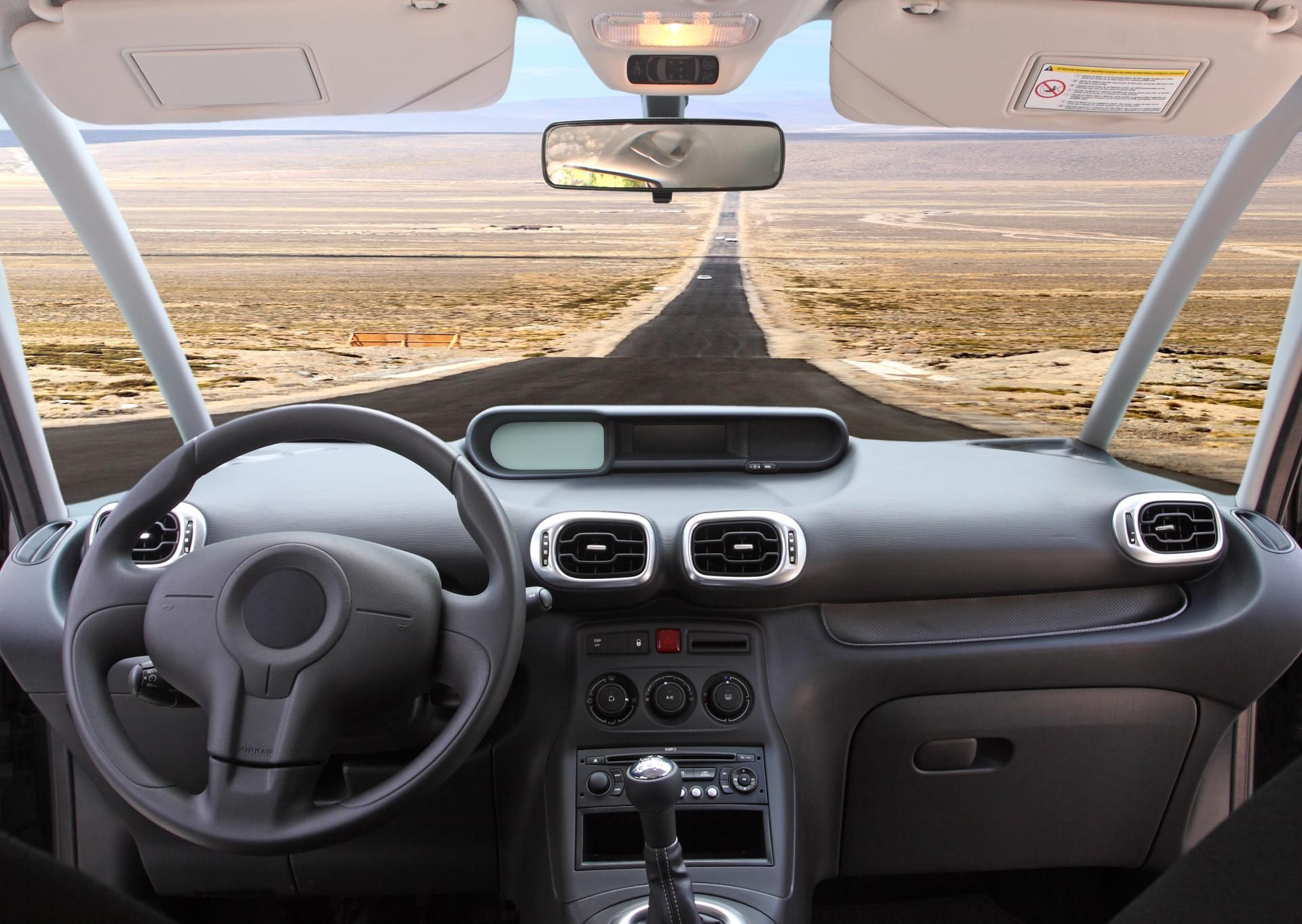Mobile Auto Glass Repair in All Areas
Blog Layout
A Beginner's Guide to Windshield Damage
Admin • December 18, 2019
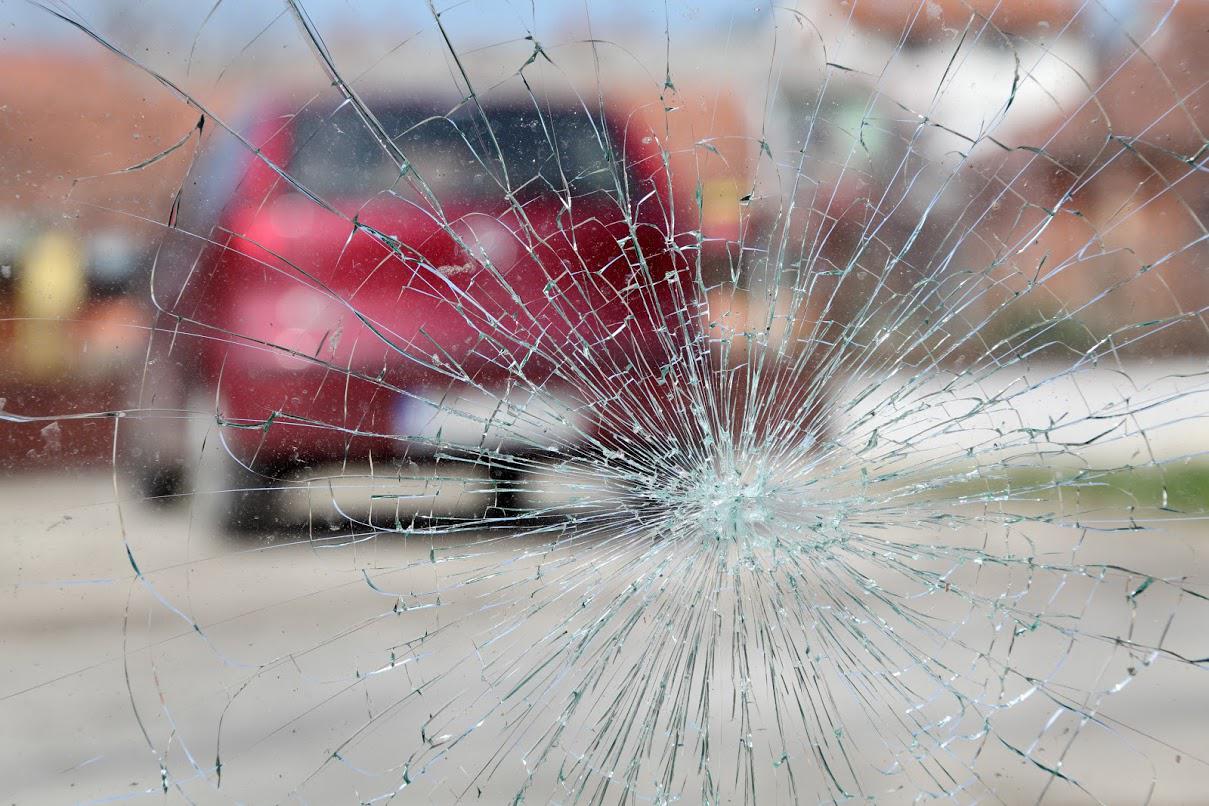
Along with your anti-lock brakes, multiple airbags, and rear-view camera, your vehicle features another safety feature that many overlook: the front windshield. Proper care of your vehicle's windshield can mean the difference between getting places safely and putting your family and the other drivers in danger.
Here is a beginner's guide to your vehicle's windshield, including common types of damage, how to prevent damage, and what to do if your windshield requires a repair.
Common Types of Windshield Damage
There are several different types of windshield damage, and the severity of the damage will determine if the windshield repair technician is able to repair the damage or if you will require a complete windshield replacement. Here are a few of the most common types of windshield damage:
- Cracks. The crack is typically classified by its shape and position. For example, an edge crack is usually found within a couple inches of the windshield's edge. A stress crack is often large and occurs when no acute damage has occurred, and instead the windshield is weakened, such as by extreme heat.
- Bull’s-eye. A large, circular break that often occurs when a large object smashes the windshield, such as a rock flying into the windshield on the highway.
- Stars. Resembles a bulls-eye in that it is circular, but it is smaller and might be repaired if the repairman catches it early.
- Chips. Otherwise known as a ding, a chip is usually a small, singular point of damage that, if left alone, can spread into a crack.
No matter if the damage is a crack, chip, or bulls-eye, it could be superficial, which means it is on the outer levels of the glass, or deeper, which means that it could be a crack or damage through all the layers of glass.
Ways to Avoid Windshield Damage
Understanding how your windshield is most likely to suffer damage can help you avoid unnecessary damage that could cause you hundreds of dollars. Here are a few ways to avoid some of the most common types of windshield damage.
- Avoid extreme temperature changes. Exposure to extreme and sudden heat and cold can weaken the windshield and leave it vulnerable to cracks and breakage. Avoid parking in direct sunlight, and park your car in the garage during an extreme drop in the temperature.
- Avoid common road hazards. Stay off of gravel roads, drive several feet behind the vehicle in front of you, and always avoid driving behind large vehicles, such as semi-trucks.
- Clean your windshield often. Dead bugs, road salt, bird droppings, and other environmental hazards can eat away at your windshield, which can make it easier for minor damage to cause a serious crack. Clean your windshields often, especially if your windows are extremely dirty.
- Avoid inclement weather. Keep your vehicle in the garage when there is a chance of heavy rains, snow, or hail.
In addition to the most common ways a windshield is damaged, it is important to pay attention to the more uncommon ways you can end up with a cracked windshield as well. For example, if your kids are hitting baseballs in the backyard, make sure your vehicle is parked safely away from your home or in the garage.
What to Do and Not to Do If You Notice Windshield Damage
Despite your best efforts, your windshield still might suffer damage, and knowing what to do next can mean the difference between a simple repair and a total replacement. Here are a few dos and don'ts to keep in mind if you find windshield damage:
- Do get off the road and assess the damage. If you are driving and a rock or debris hits the windshield, pull off the road to a safe spot, and make sure the damage isn't obstructing your view.
- Don't try to fix the damage on your own. From superglue to clear nail polish, several do-it-yourself solutions temporarily fix windshield damage. Unfortunately, even if the polish or glue slows down the spread of the damage, it is not a permanent fix.
- Don't rely on your mechanic to repair the damage. Your trusty auto mechanic is the right person to repair a broken radiator or replace an engine. The repair or replacement of a broken windshield, however, should be left to a professional windshield repair technician.
The repair technician will provide you with a lot of information to care for your windshield after it is repaired or replaced. For example, do not wash your vehicle or your windshield for several hours after the windshield is replaced or repaired. This allows enough time for the adhesive or sealant to cure properly.
Learning how to properly protect and care for your windshield will help you prevent windshield damage and know what to do if your windshield is damaged. Contact the professionals at MS Glass Outlet with any further questions.
HOURS OF OPERATION
- Monday
- -
- Tuesday
- -
- Wednesday
- -
- Thursday
- -
- Friday
- -
- Saturday
- -
- Sunday
- Closed
ALSO SERVING:
Oregon
Washington
Content, including images, displayed on this website is protected by copyright laws. Downloading, republication, retransmission or reproduction of content on this website is strictly prohibited. Terms of Use
| Privacy Policy


